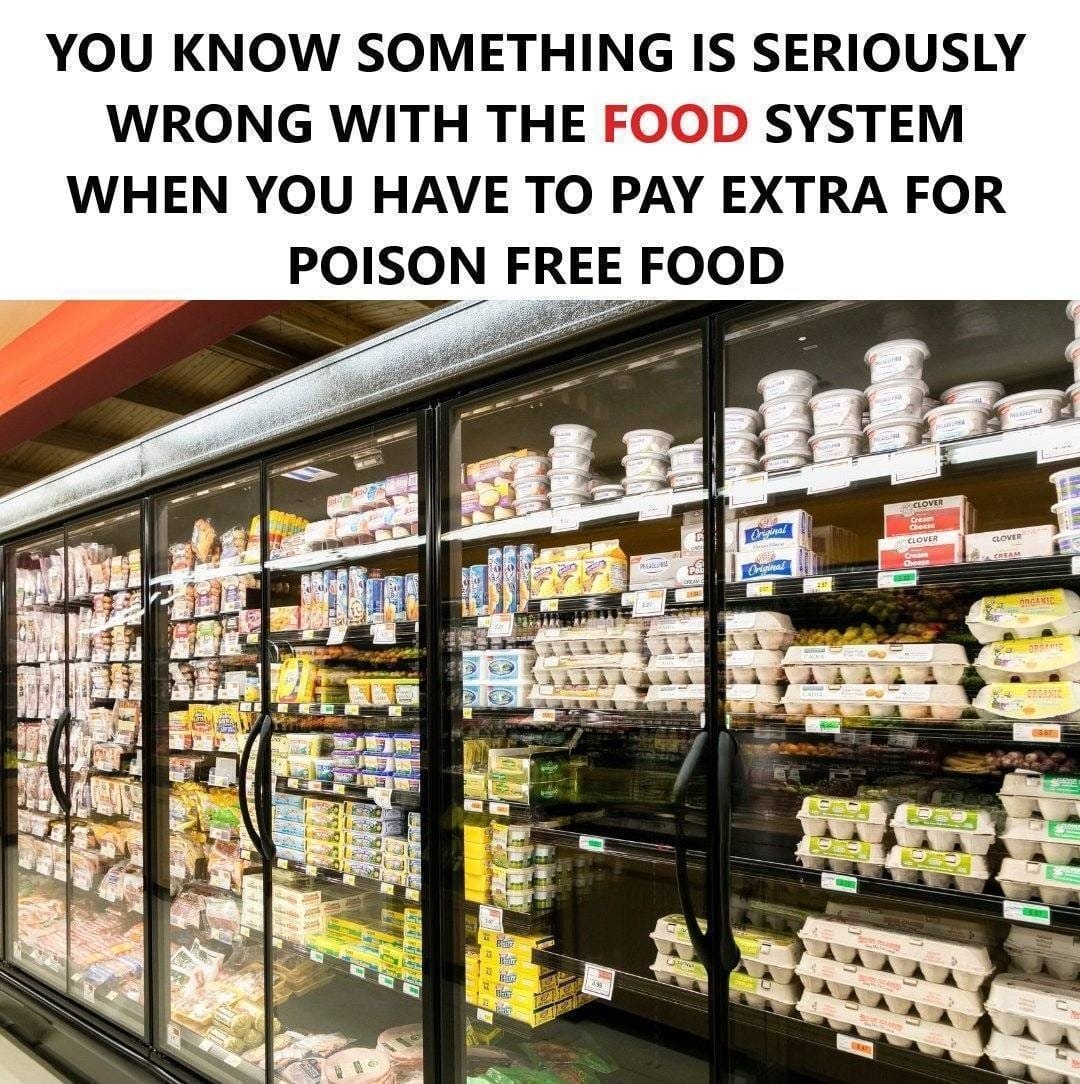ADVERTISEMENT
#### **1.3 The Hidden Costs of Industrial Agriculture**
The push for cheaper, mass-produced food has led to the industrialization of agriculture, where efficiency and profit are prioritized over environmental and public health concerns. While industrial agriculture may lower the cost of food in the short term, it comes with significant hidden costs.
For one, the overuse of synthetic chemicals in agriculture can lead to soil degradation, water contamination, and the destruction of natural ecosystems. The runoff of pesticides and fertilizers into waterways can harm aquatic life, disrupt ecosystems, and contaminate drinking water. In addition, the widespread use of antibiotics in livestock farming has contributed to the rise of antibiotic-resistant bacteria, posing a major public health threat.
Furthermore, industrial agriculture contributes to climate change through its reliance on fossil fuels, deforestation, and methane emissions from livestock. The transportation, processing, and packaging of food also have a significant carbon footprint.
While consumers may benefit from lower prices in the short term, these hidden costs are being passed onto society, the environment, and future generations.
### **2. The Premium for Poison-Free Food: Why Are We Paying More for Safe Food?**
In an ideal world, all food should be safe to eat without the need for special labels or price premiums. However, in today’s food system, the reality is quite different. If you want food that is free from harmful chemicals and toxins, you often have to pay extra for organic or sustainably produced options. The question is: why?
#### **2.1 Organic Farming: A Safer but More Expensive Alternative**
Organic farming offers a safer alternative to conventional farming, as it restricts the use of synthetic pesticides, fertilizers, and GMOs. Organic farmers rely on natural methods, such as crop rotation, composting, and biological pest control, to maintain soil health and protect crops from pests and diseases. As a result, organic food tends to have lower levels of pesticide residues and other harmful chemicals.
However, organic food is typically more expensive than conventionally produced food. The reasons for this price premium are numerous. First, organic farming tends to yield smaller quantities of food compared to conventional farming, which means that the cost of production per unit is higher. Additionally, organic certification requires farmers to undergo rigorous inspections and adhere to strict standards, which adds to the cost.
Moreover, organic farming is often more labor-intensive than industrial farming. Organic farmers may need to use more manual labor to manage weeds and pests, as they cannot rely on synthetic chemicals. The cost of certification, the higher price of organic seeds, and the need for specialized equipment also contribute to the higher price tag.
Despite the price difference, many consumers are willing to pay more for organic food because they believe it is healthier and safer. However, this creates an inequity, as only those who can afford the premium price can access food that is free from pesticides, GMOs, and other harmful chemicals.
#### **2.2 The Premium for “Poison-Free” Food: A Systemic Issue**
The fact that consumers are asked to pay extra for food that is free from harmful chemicals is a symptom of a larger problem within the food system. The industrial food system, driven by corporate interests and profit motives, has prioritized low-cost, high-yield farming practices that rely heavily on pesticides, herbicides, and GMOs. As a result, food that is free from these harmful substances is considered an “alternative,” and consumers are asked to pay a premium for it.
This system has created a situation where safe, healthy food is reserved for those with the financial means to afford it, while the majority of consumers are left to choose between conventionally produced food, which is often cheaper but potentially harmful, or organic food, which may be prohibitively expensive.
This pricing structure reflects the fact that the food system is designed to maximize profits for large corporations, rather than to prioritize the health and well-being of consumers. It also highlights the failure of government policies to adequately regulate the use of pesticides and chemicals in agriculture, allowing harmful substances to enter the food supply without adequate protections for public health.
For Complete Cooking STEPS Please Head On Over To Next Page Or Open button (>) and don’t forget to SHARE with your Facebook friends
